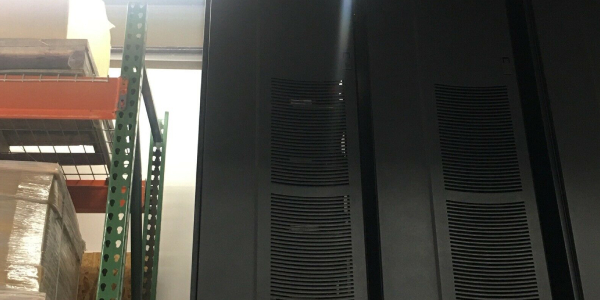
Understanding The Environmental Concerns And Safe Handling Of Lead Batteries
Lead-acid batteries need to be properly ventilated and kept at a constant temperature. When cells are kept close together, they tend to heat up and die faster. Therefore, batteries should be cleaned regularly with chemicals recommended by the manufacturer. The issues above make storing batteries a serious matter to consider.
Watch how leading manufacturers of racks in Trichy (https://www.donracks.co.in/trichy/) describe the best way to store batteries. Click here for more information.
Safety Concerns Related To Lead-Acid Batteries
Lead-acid batteries contain chemicals harmful to the environment, but they are relatively easy to recycle. Large format lead-acid batteries are recycled in developed countries, but accidents and electrolyte spills can release hazardous gases.
When exposed to the elements, the electrolyte in VRLA and VLA batteries contains dilute sulfuric acid, which is corrosive at high concentrations. A VRLA battery is the most dangerous because it only has a fraction of the electrolyte in a comparable VLA battery, and the electrolyte cannot flow. The electrolyte in VLA batteries is free-flowing, whereas the electrolyte in VRLA batteries is immobilised. A lead-acid battery has a carbon footprint nearly identical to that of a lithium-ion battery.
Cadmium, which is toxic if swallowed, fatal if inhaled, and may cause cancer in large quantities, is present in Ni-Cd batteries. Some countries have banned them, and they must be recycled. Battery owners may be required to declare the number of hazardous substances in their facilities.
Safe Storing Lead Batteries

A battery is installed on racks or cabinets in an uninterruptible power supply system.
Valve-regulated lead-acid (VRLA) batteries are mounted on shelves or cabinets, whereas vented lead-acid (VLA) batteries are rack-mounted.
A rack is typically used to house a battery unit with more than 100 AH. Open-rack batteries must almost always be relocated to a battery room, sometimes the same room as the uninterruptible power supply (UPS). The following are a few safety guidelines recommended for the safe storage of batteries.
- Authorised personnel must receive battery safety training, and access to the battery room must be restricted to authorised personnel.
- Exhaust systems must be installed in battery rooms, and the ventilation rate must be at least 50% lower than the lower flammability limit.
- Battery cabinets should be placed near the equipment that provides uninterruptible power. Cable lengths should be kept as close as possible to one another.
- An entire string of cells should be able to fit in a battery cabinet.
- Battery disconnect switches should be installed in battery cabinets and racks to protect workers from lethal voltage or arc blasts.
- To function properly, battery cabinets must take into account temperature and any off-gassing from the battery, among other things. Any battery system installed in a seismic area should be designed with the help of a seismic engineer. Before installing battery racks, ensure the manufacturer has approved the seismic ratings.
- Front-terminal access is one option for battery service, but a cover or doors must be installed to avoid accidental contact with the live dc bus.
According to top rack manufacturers in Coimbatore, working with open-rack batteries is safer than working with closed-rack batteries. Depending on the application, they can be designed in tiers or steps.
Leave a Reply